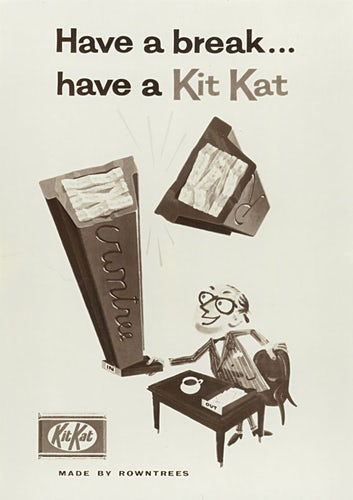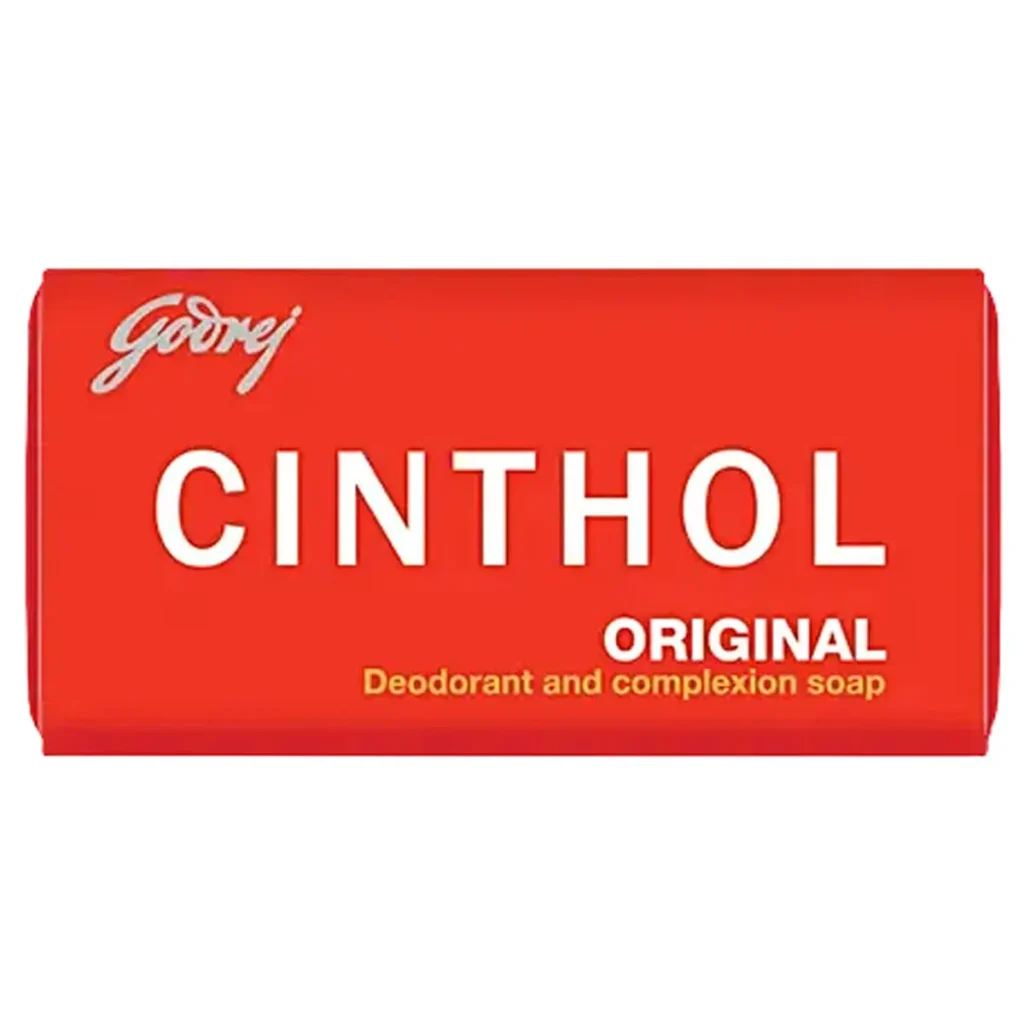Iconic Ads: Have A Break, Have a Kit Kat

The ‘Have a Break. Have a Kit Kat’ slogan worked in because it was associated with acknowledging life’s modest setbacks rather than flaunting its victories
Due to wartime food shortages, Rowntree’s of York was compelled to change the recipe of its Chocolate Crisp bar in 1941. Afraid of upsetting a devoted following (the product was inspired by an employee’s proposal that the company create “a chocolate bar that a man could take to work”), the company released a new bar in a blue wrapper bearing the name Kit-Kat. The tagline warned that there would be ‘No More Chocolate Crisp Until After The War,’ but it only lasted until 1949, when it was relaunched as the full-fledged Kit Kat and its blue packaging was replaced with red.
The Kit Kat name was registered by Rowntree’s in 1911, But its origins date back much further, to the name of an early 18th-century debate group. The Kit-Cat Club had gathered on a regular basis in a tavern on Shire Lane in London, hosted by innkeeper Christopher Catling, better known to his friends as ‘Kit Cat.’ Many years later, the snappy title fit with JWTs attempts to shift away from Rowntree’s other products’ longer, more literal names. The idea of linking the Kit Kat bar with the enjoyment of a short break from the working day began to grow during JWT’s early engagement with the brand.

Late 1940s 
1959 
1960s
The agency’s Donald Gilles wrote the line ‘Have a Kit Kat,’ in May 1957. A year later, it was included in the brand’s first television commercials, and it has since become a fixture of the chocolate bar’s marketing campaigns. Originally, the line indicated the customary 11 a.m. tea break, known as ‘elevenses’ in British workplaces. He designed the tagline to appeal to the postwar British ethos of manual workers who value their mid-morning break. Giles also wanted to make a point about how simple the ‘breakable’ food is to prepare, which is ideal for manual labourers.
However, when it got increasingly commonly used, notably on television, the phrase’s adaptability became the key to its long-term viability. The advantages of taking a break could be applied to a variety of stressful (and potentially funny) situations.
The ‘Have a Break. Have a Kit Kat’ slogan worked in because it was associated with acknowledging life’s modest setbacks rather than flaunting its victories. In the 1980s, the phrases were switched in the United States, and the line became the more educational, but far more ponderous, ‘Give Yourself a Kit Kat.’ ‘Take a Break for Yourself.’ But not for long though






